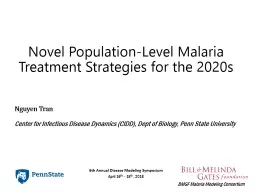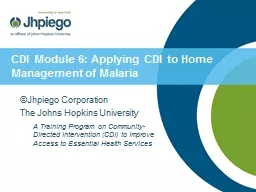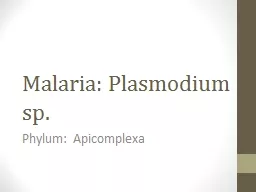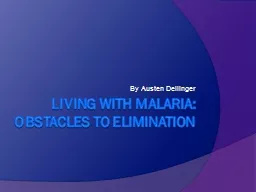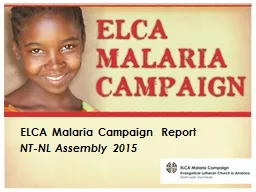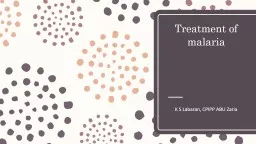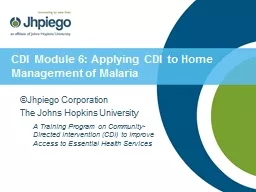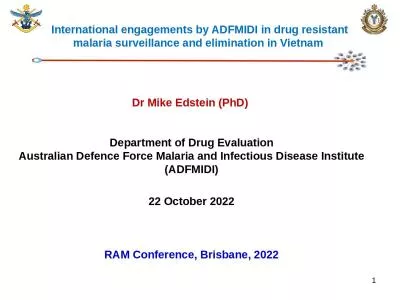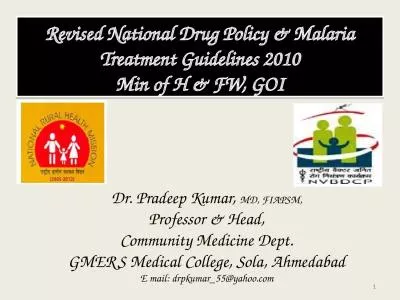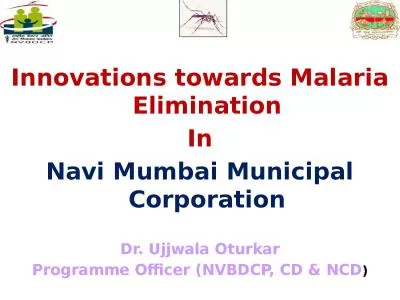PPT-Novel Population-Level Malaria Treatment Strategies for the 2020s
Author : caroline | Published Date : 2022-06-07
Nguyen Tran Center for Infectious Disease Dynamics CIDD Dept of Biology Penn State University BMGF Malaria Modeling Consortium 6th Annual Disease Modeling Symposium
Presentation Embed Code
Download Presentation
Download Presentation The PPT/PDF document "Novel Population-Level Malaria Treatment..." is the property of its rightful owner. Permission is granted to download and print the materials on this website for personal, non-commercial use only, and to display it on your personal computer provided you do not modify the materials and that you retain all copyright notices contained in the materials. By downloading content from our website, you accept the terms of this agreement.
Novel Population-Level Malaria Treatment Strategies for the 2020s: Transcript
Download Rules Of Document
"Novel Population-Level Malaria Treatment Strategies for the 2020s"The content belongs to its owner. You may download and print it for personal use, without modification, and keep all copyright notices. By downloading, you agree to these terms.
Related Documents

